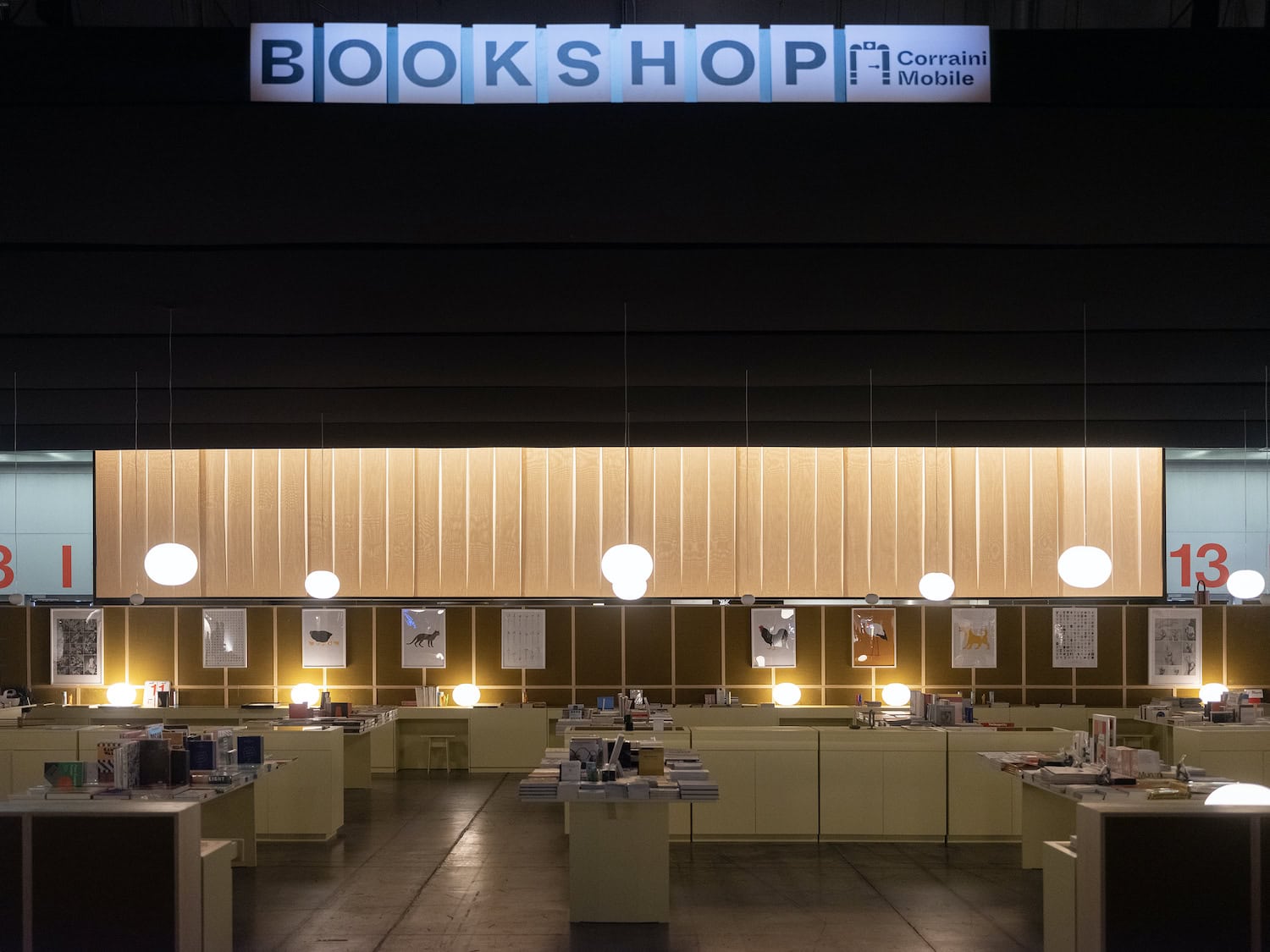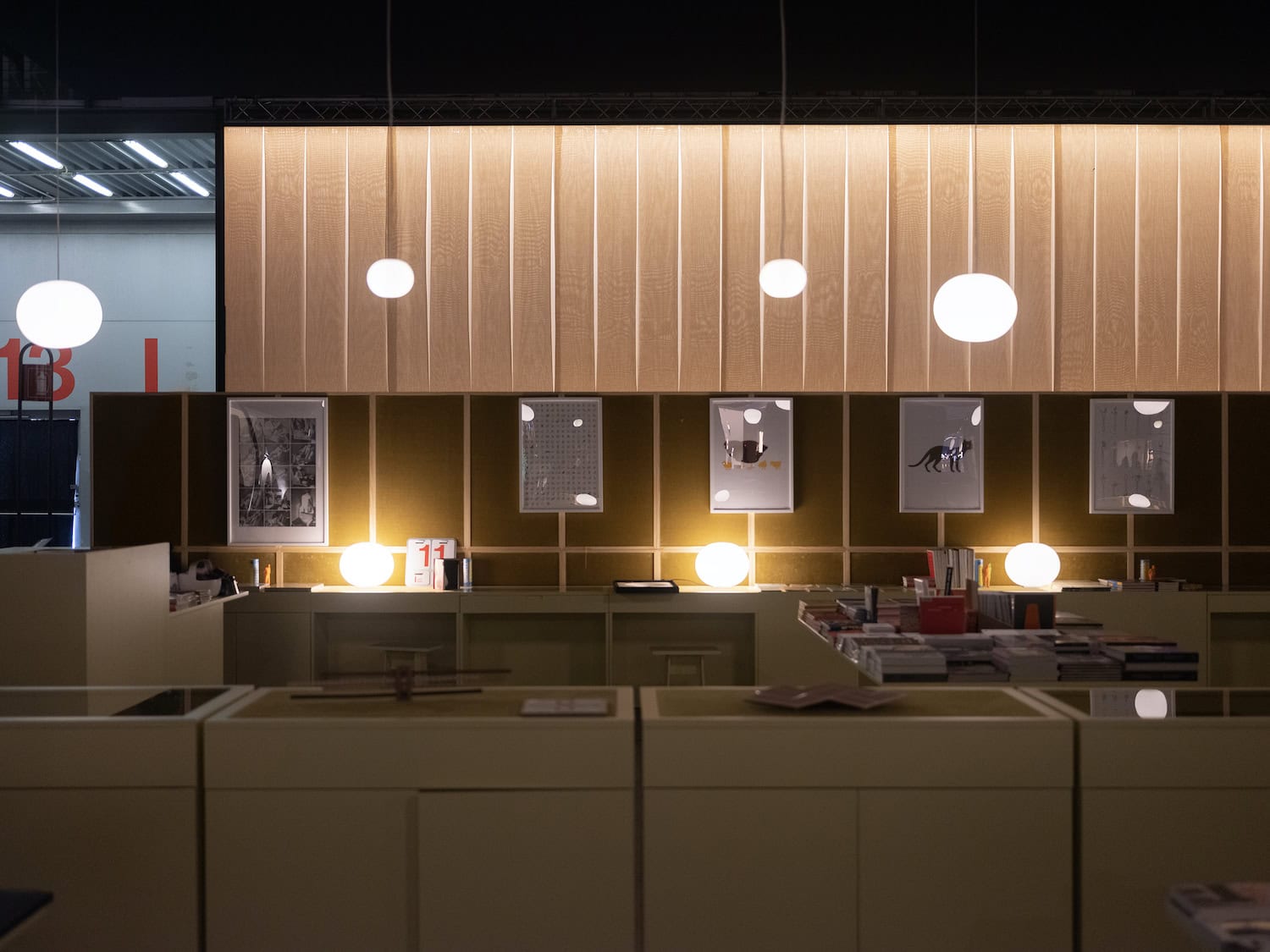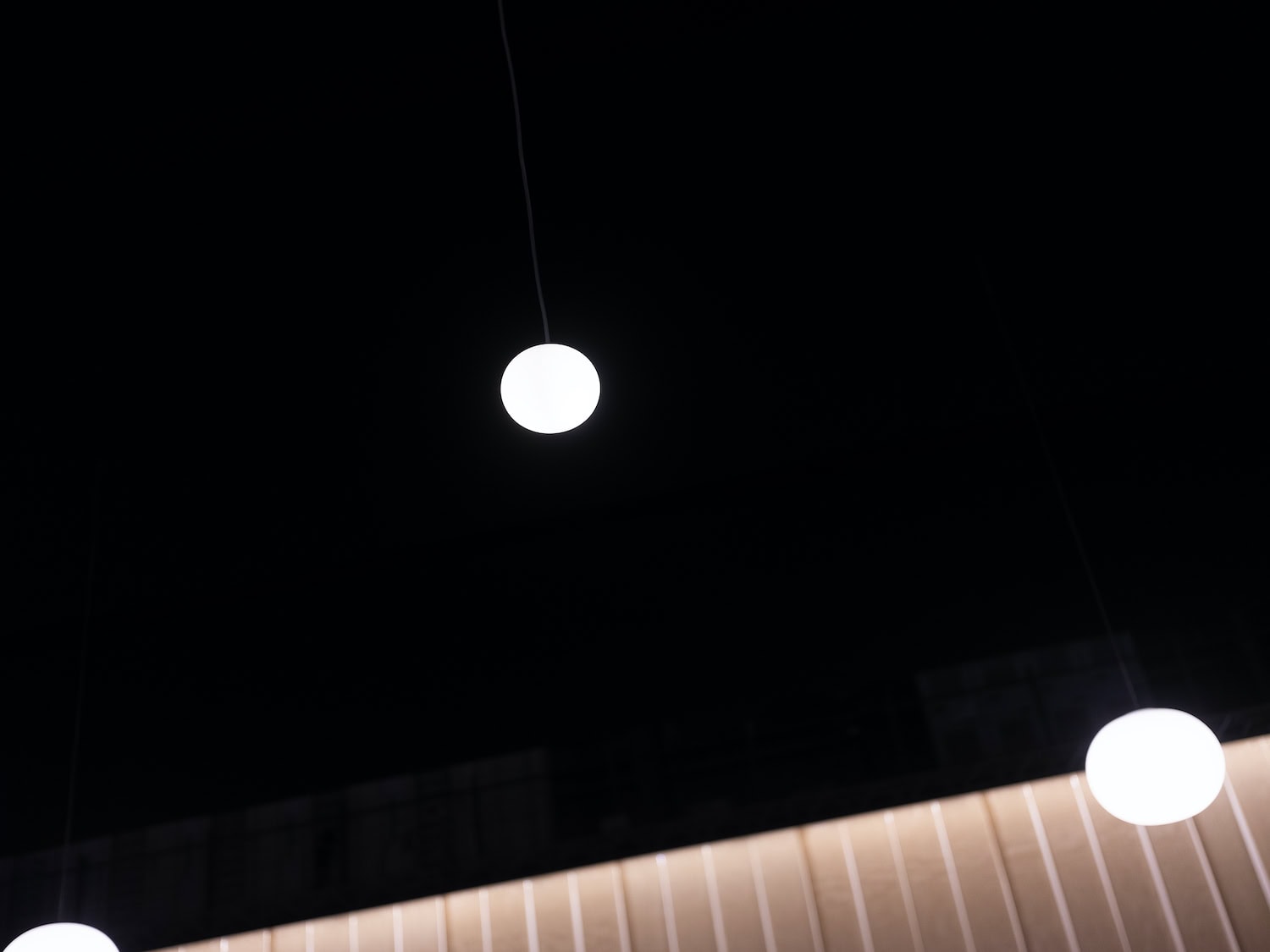Corraini Edizioni is at the same time a publishing house, an art gallery and a space for experimentation and research: a publishing workshop open to Italian and foreign artists, illustrators and designers, where books and art and design projects are realised. Corraini Edizioni’s publishing activity ranges between design, art and illustration. In this interview on the Salone del Mobile, Pietro Corraini tells us his vision of the most eagerly awaited design event in Milan. “Corraini is important for the Salone because coming from a tradition of art and design such as that of Bruno Munari, Enzo Mari, Martí Guixé, or many other artists and authors who have worked with us over the years, it knows how to position itself on the edges of things.“
Luca A. Caizzi: To what extent will Corraini’s diversity and variety be fundamental and driving elements to interest the public in the enjoyment of its objects and content?
Pietro Corraini: In the nature of the Salone there is the fact that there is no one way of seeing or doing design, there is no right way and no wrong way; there are many ways that sometimes agree and sometimes are in opposition. What interests us is the quality of what we tell, and in Corraini’s variety everyone can find something that reassures them because they already know it or stimulates them because they do not share it or it is different. The aim is not to give an opinion, but to show many different visions, all of which we hold in esteem. And we hope that debates also arise in the library between designers and manufacturers.
LAC: Corraini Mobile, is the name chosen for the bookshop at the Salone del Mobile 2023. In your search for the name did you mainly refer to the Mobile as an object or adjective exceptionally capable of perform or undergo movement in space? How will the space be activated? And will 121+ experience a particular light for the fuorisalone?
PC: There is a misunderstanding here that is given by the placement of the accent and pronunciation, not only is it the Salone del Mobile but also the Salone del ‘Mobile’, in the sense that as well as containing objects there are also thoughts, visions that fly through the air. Thus the bookshop is not a static space but a generative space in which there is encounter, the possibility of bringing and acquiring new ideas, as well as bringing books home. After all we have tried, but we are not capable of making static bookshops. As the Duke of Mantua said in Rigoletto, Corraini is Mobile. And in our bookshop during the days of the Salone there will be meetings and exchanges of ideas. At 121+ in via Savona we will celebrate with an exhibition the 60th anniversary of two projects that we really like: Supplemento al dizionario italiano and Good Design, both by Bruno Munari.
LAC: This year you “edit” Munari’s Vest designed to wear books. What other extraordinary anticipations could you give us?
PC: For the 1992/2023 Munari Vest we started with the idea of putting into production a project that we had long wanted to do, we took our courage in our hands, found two collaborators (Blue of a Kind and Lenzing) who helped us and we put it into production. Also because we wanted a few more to wear as well! On anticipation… well, we can’t give you any. And returning to the question of before, precisely because it’s Mobile we can’t give you previews, but certainly will be a year of surprises, even for us. The luck of working with so many artists who come through our bookshops and in our offices is that we have the chance to be surprised and to always surprise.
LAC: This–not counting the Supersalone in September–will be the first Design Week where we will be able to to really meet again. How is it going in Milan? Why visit the Salone 2023?
PC: Milan is in a moment of transition and reinvention, in my opinion it is looking for a new identity from from which to start again, now knots and problems that have long been swept under the rug are coming to the surface. The Salone del Mobile is in any case a moment in which Milan shows itself in all its contradictions, for better and for worse; there is good and bad; there is the Milan that we like and convinces us that it is the best city to stay in, and the one that makes us wonder whether we have to stay here at all; but in my opinion it is precisely in the contradictions and difference that the Salone del Mobile is a winner. Luckily, it is not always reassuring, on the contrary you find things you don’t expect and it allows you to question what you thought was the right and acquired way of doing things.
LAC: How important is Corraini for the Salone del Mobile? How important is the Salone del Mobile for design?
PC: In my opinion, Corraini is important for the Salone because coming from a tradition of art and design such as that of Bruno Munari, Enzo Mari, Martí Guixé, or many other artists and authors who have worked with us over the years, it knows how to position itself on the edges of things. In general, all the artists we work with have lived and live their creative force without the need for categorisation, they were and are artists, designers, thinkers, writers… in other words, it is not easy to put them inside enclosures that can define them. In Corraini and in the books we make there is always the impulse to think of a world that goes beyond cataloguing, and now is perhaps a time where design–and maybe the whole of society–has to invent a new system. For me, the Salone is the high moment in the world of design, it is the moment where all these visions come together, collide, meet, crash, mix, explode, fight, drink together, and from disorder as De André says, good things are always born.


